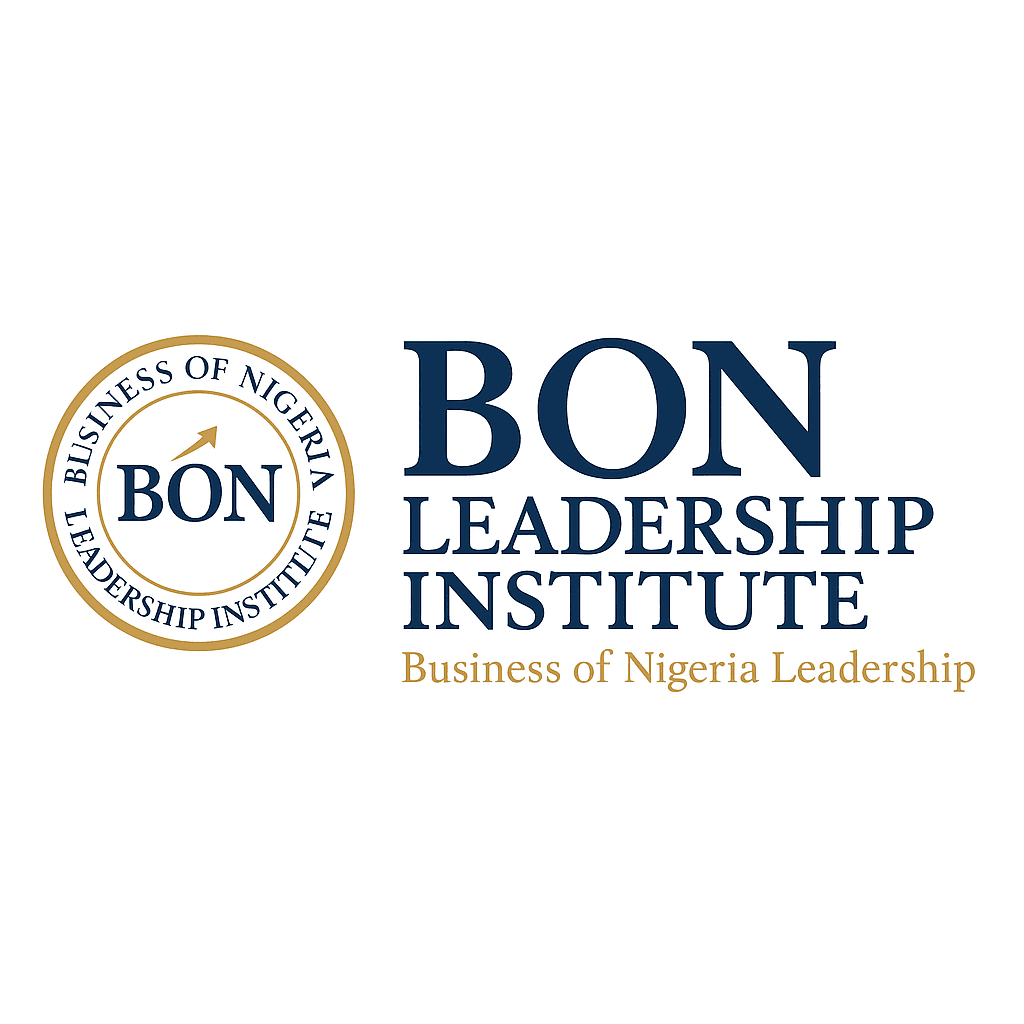Empowering Women: Breaking Barriers in Leadership
Understanding the Current Landscape
In recent years, there has been a growing recognition of the importance of empowering women in leadership positions. Despite this progress, women still face numerous barriers that hinder their advancement in various sectors. These barriers are often deeply rooted in societal norms and organizational structures, which can make them challenging to overcome.

According to recent studies, companies with higher gender diversity in leadership roles tend to outperform their less diverse counterparts. This not only highlights the potential benefits of promoting women in leadership but also underscores the need for systemic change to facilitate their rise to these positions.
Identifying Key Challenges
Several challenges remain prevalent for women aiming to break into leadership roles. These include:
- Unconscious bias: This can lead to women being overlooked for promotions and opportunities.
- Lack of mentorship: Women often have fewer role models and mentors who can guide them through their career pathways.
- Work-life balance: The dual responsibilities of work and family can disproportionately affect women, impacting their career progression.
Addressing these challenges is crucial for creating an equitable environment where women can thrive as leaders.
Strategies for Empowerment
Empowering women in leadership requires a multifaceted approach involving policy changes, organizational support, and individual action. Here are some effective strategies:
- Implementing mentorship programs: Organizations should establish mentorship and sponsorship programs that help women connect with experienced leaders who can provide guidance.
- Promoting flexible work arrangements: By offering flexible schedules and remote work options, companies can help women better manage their work-life balance.
- Providing leadership training: Training programs focused on developing leadership skills can prepare women for higher-level roles.

These strategies not only support women's professional growth but also contribute to a more inclusive and diverse workplace culture.
The Role of Organizations
Organizations play a pivotal role in breaking barriers for women in leadership. By fostering an environment of inclusivity and diversity, they can make significant strides toward gender equality. This involves actively challenging existing biases, setting clear diversity goals, and holding leaders accountable for progress.
Moreover, organizations must recognize the value of diverse perspectives in decision-making processes. Encouraging diverse voices leads to more innovative solutions and better business outcomes.

The Importance of Male Allies
Men also have a crucial role to play in empowering women leaders. By acting as allies, they can advocate for gender equality and help dismantle the barriers women face. Male allies can support by:
- Challenging stereotypes: Actively working to change perceptions and stereotypes about women in leadership.
- Sponsoring talented women: Actively seeking out and sponsoring women for advancement opportunities.
- Promoting an inclusive culture: Encouraging a workplace culture that values diversity and equality.
A Vision for the Future
The movement toward empowering women leaders is gaining momentum, but there is still much work to be done. By addressing the challenges and implementing effective strategies, we can create a future where gender equality in leadership is the norm rather than the exception.
This vision requires collaboration across sectors and commitment from both individuals and organizations to dismantle the barriers that limit women's potential. Together, we can pave the way for a more inclusive and equitable world where everyone has the opportunity to lead.
